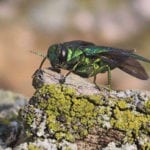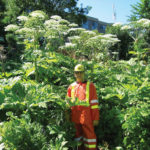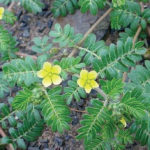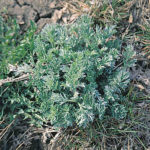
Deadly pest marching towards Alberta’s borders
The emerald ash borer has travelled halfway across the continent and has now reached Manitoba
Battling invasive mussels comes with a high cost
New report outlines control methods — but it will take a massive, and expensive, effort every year

Goats and beetles used to fight invasive species
Leafy spurge is found across Alberta and its creeping root system makes it very difficult to control

Efforts to keep out invasive mussels working — for now
A dozen contaminated boats have been found so far this year and officials warn zebra and quagga mussels are cunning hitchhikers

Giant hogweed is one big and scary weed
Noxious weeds: Giant hogweed can reach heights of six metres

Devil’s trumpet is a potentially deadly invader
Noxious Weeds: Jimsonweed

Keep watch for this potential new invader
Noxious Weeds: Puncturevine

Don’t be fooled by this weed’s pretty flower
Noxious weeds: Field scabious

You won’t raise a glass to this invasive weed
Noxious Weeds: Absinthe wormwood

The threat of invasive mussels draws ever closer to Alberta
Water officials on high alert after positive samples for larval mussels were found in two nearby Montana reservoirs last year

